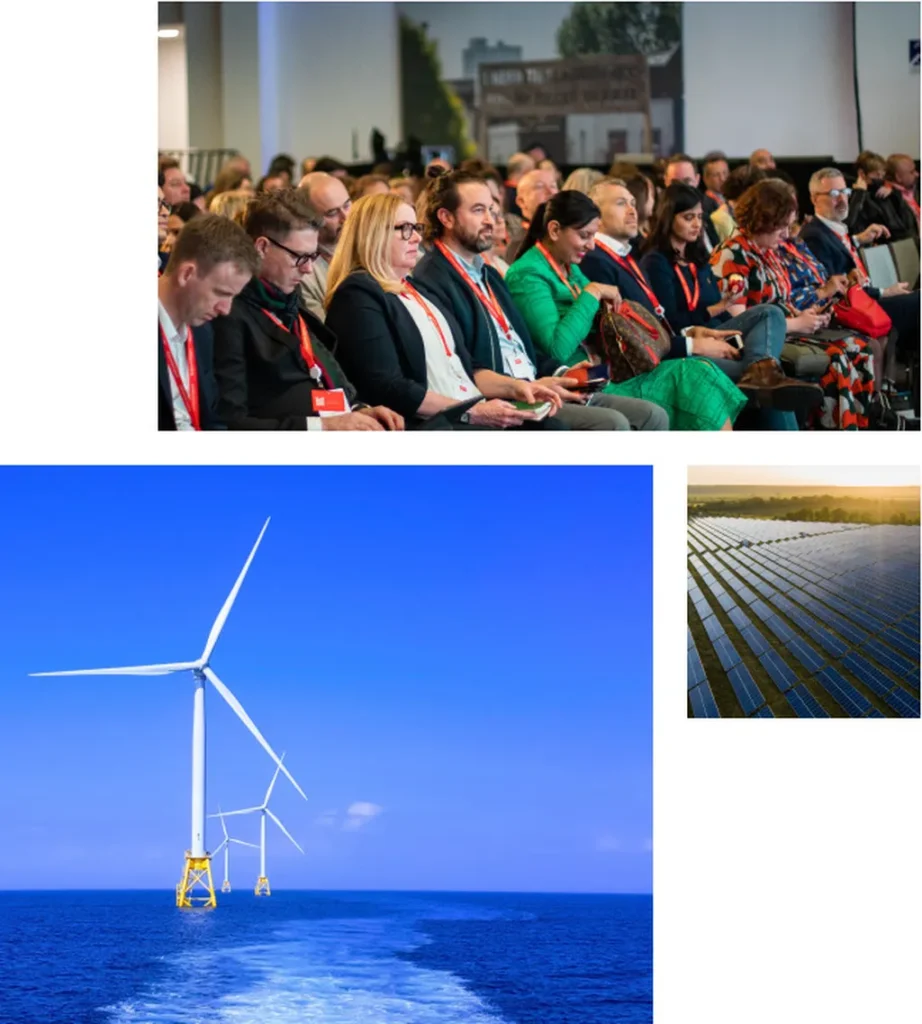In the heart of Madrid, a groundbreaking study is reshaping how we think about urban energy systems and infrastructure. Ignacio Gonzalez Tejada, from the Departamento de Ingeniería y Morfología del Terreno at the Universidad Politécnica de Madrid, has been leading research that could significantly impact the energy sector. His work, published in the journal Geotecnia (which translates to “Geotechnics”), focuses on the interaction between soil and structures in thermo-active urban tunnels, offering a promising avenue for more efficient and sustainable energy solutions.
The study centers around a nearly 3-kilometer-long urban tunnel in Madrid, where thermo-active diaphragm walls are used as heat exchangers in low-temperature geothermal systems. These systems are known for their efficiency and lower carbon emissions compared to conventional heating and cooling methods. However, the temperature variations inherent in these systems can affect the interaction between the soil and the structure, potentially compromising stability and service.
Gonzalez Tejada’s research employs numerical modeling to analyze these effects, using real climatic data to ensure accuracy. “The key finding is that within a specific temperature range, the structural impact is minimal while maintaining the performance of the heat pump,” Gonzalez Tejada explains. This balance is crucial for ensuring both the structural integrity of the tunnel and the economic viability of the energy system.
The implications for the energy sector are substantial. Thermo-active structures offer a dual benefit: they enhance energy efficiency and reduce carbon emissions, aligning with global sustainability goals. For urban planners and energy providers, this research provides a roadmap for integrating geothermal systems into existing infrastructure without compromising safety or performance.
As cities worldwide grapple with the need for sustainable energy solutions, Gonzalez Tejada’s work offers a compelling case for the adoption of thermo-active structures. “This research demonstrates that it is possible to achieve both environmental and economic goals simultaneously,” he notes. The study not only advances our understanding of soil-structure interactions but also paves the way for innovative energy solutions that could redefine urban infrastructure.
In an era where sustainability and efficiency are paramount, this research is a beacon of progress. As the energy sector continues to evolve, the insights from Gonzalez Tejada’s work will undoubtedly shape future developments, offering a blueprint for a more sustainable and energy-efficient urban landscape.

